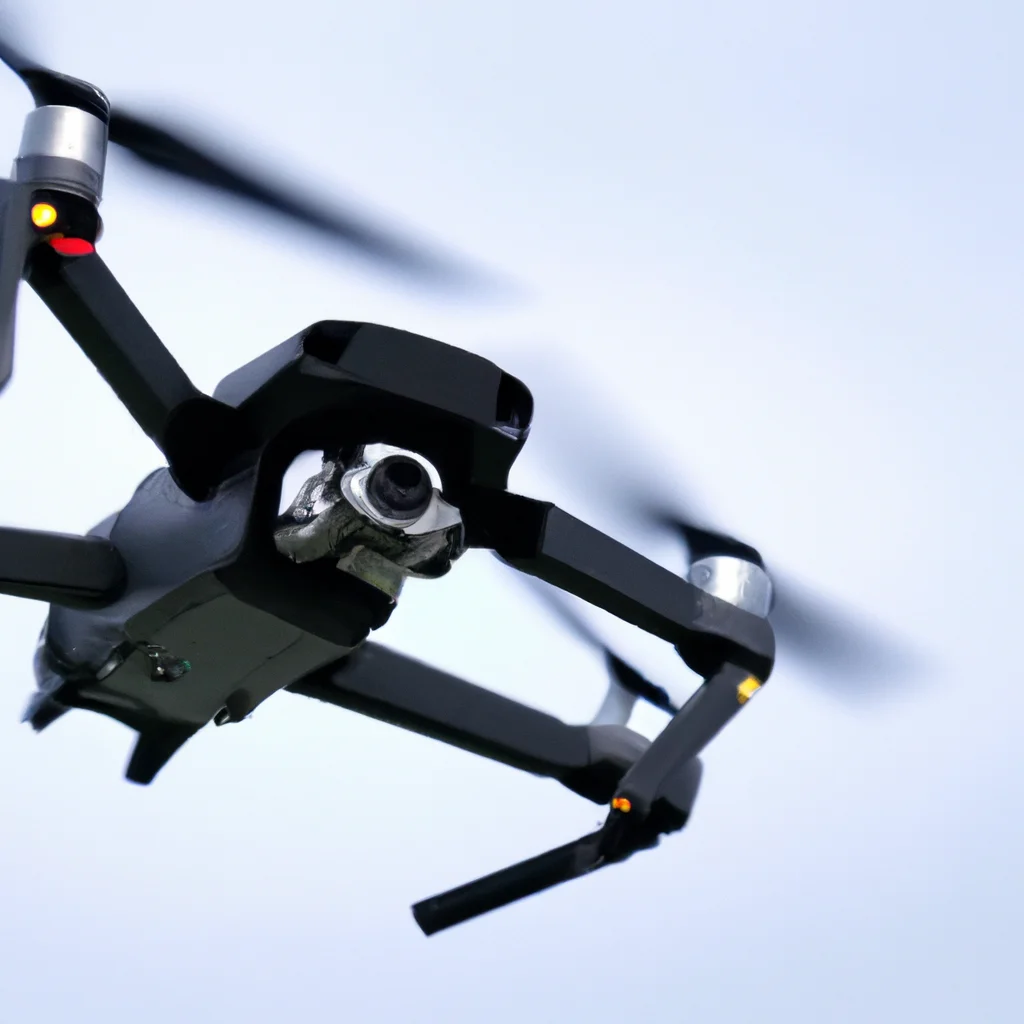How does a drone fly?


How does a drone fly?
How Does a Drone Fly?
Drones, also known as unmanned aerial vehicles (UAVs), have gained immense popularity over the past few years. Whether it is for personal or professional use, drones have become an essential tool in various industries, including photography, agriculture, delivery, and surveillance. However, have you ever wondered how a drone flies? From the aerodynamics of drone flight to the mechanics of drone technology, this article will provide a thorough response to this question.
The Aerodynamics of Drone Flight
A drone’s flight is based on the principles of aerodynamics, which involves the study of the motion of air and the interaction between objects and the air. The four forces that affect a drone’s flight are lift, weight, thrust, and drag.
Lift is the upward force that keeps a drone in the air. It is generated by the wings or rotors of the drone. The rotors of a quadcopter drone create lift by creating a difference in air pressure between the top and bottom of the rotor blades. This difference in air pressure generates an upward force that lifts the drone off the ground.
Weight is the force that pulls the drone towards the ground. It is the combined weight of the drone and any payload it is carrying. To fly, the drone must generate enough lift to counteract its weight.
Thrust is the forward force that propels the drone through the air. It is generated by the motor or engine of the drone. The thrust must be greater than the drag for the drone to move forward.
Drag is the force that opposes the motion of the drone through the air. It is caused by the friction between the air and the drone’s surface. To maintain flight, the drone must generate enough thrust to overcome the drag.
Drone Mechanics
The mechanics of a drone are essential to its flight. A drone’s propulsion system typically consists of motors, propellers, and a battery. The motors rotate the propellers, which generate the lift and thrust needed for flight. The battery powers the motors and other electronics on the drone.
In addition to the propulsion system, a drone also has a control system that allows the operator to control its flight. The control system includes a remote controller and a flight controller. The remote controller sends commands to the drone, while the flight controller processes these commands and adjusts the drone’s speed, direction, and altitude.
Drone Technology
Drone technology has advanced significantly over the years, making drones more efficient and easier to operate. One of the most significant advances in drone technology is the use of GPS. GPS allows drones to navigate autonomously, making them useful for mapping, surveying, and search and rescue operations.
Another advance in drone technology is the use of sensors. Drones can be equipped with various sensors, including cameras, thermal imaging, and LiDAR. These sensors allow drones to collect data and perform tasks that would be difficult or impossible for humans to do.
Drone Engineering
Drone engineering involves designing and building drones that can perform specific tasks efficiently. Engineers consider factors such as weight, battery life, and payload capacity when designing drones. They also consider the aerodynamics of the drone’s design, such as the shape and size of the body and wings or rotors.
In conclusion, the flight of a drone is based on the principles of aerodynamics, which involve the interaction between the drone and the air. The mechanics of a drone, including its propulsion and control systems, are essential to its flight. Advances in drone technology, such as the use of GPS and sensors, have made drones more efficient and easier to operate. Finally, drone engineering plays a significant role in designing and building drones that can perform specific tasks efficiently.
Recent Posts
How do I create an engaging and informative online quiz or assessment?
Creating an engaging and informative online quiz or assessment can be a powerful tool for… Read More
What are the most effective methods for managing and reducing work-related stress in the hospitality industry?
Work-related stress is a common issue in the hospitality industry, where employees often face long… Read More
How can I improve my assertiveness and communication skills in a leadership position?
In a leadership position, assertiveness and effective communication skills are crucial for success. Being able… Read More
What are the key elements of a successful employee recognition and rewards program?
Employee recognition and rewards programs play a crucial role in motivating and engaging employees, as… Read More
How do I effectively manage and respond to customer feedback and reviews?
Customer feedback and online reviews play a crucial role in shaping a company's reputation and… Read More
What are the best strategies for effective time management as a stay-at-home parent?
Effective time management is crucial for stay-at-home parents who juggle multiple responsibilities on a daily… Read More